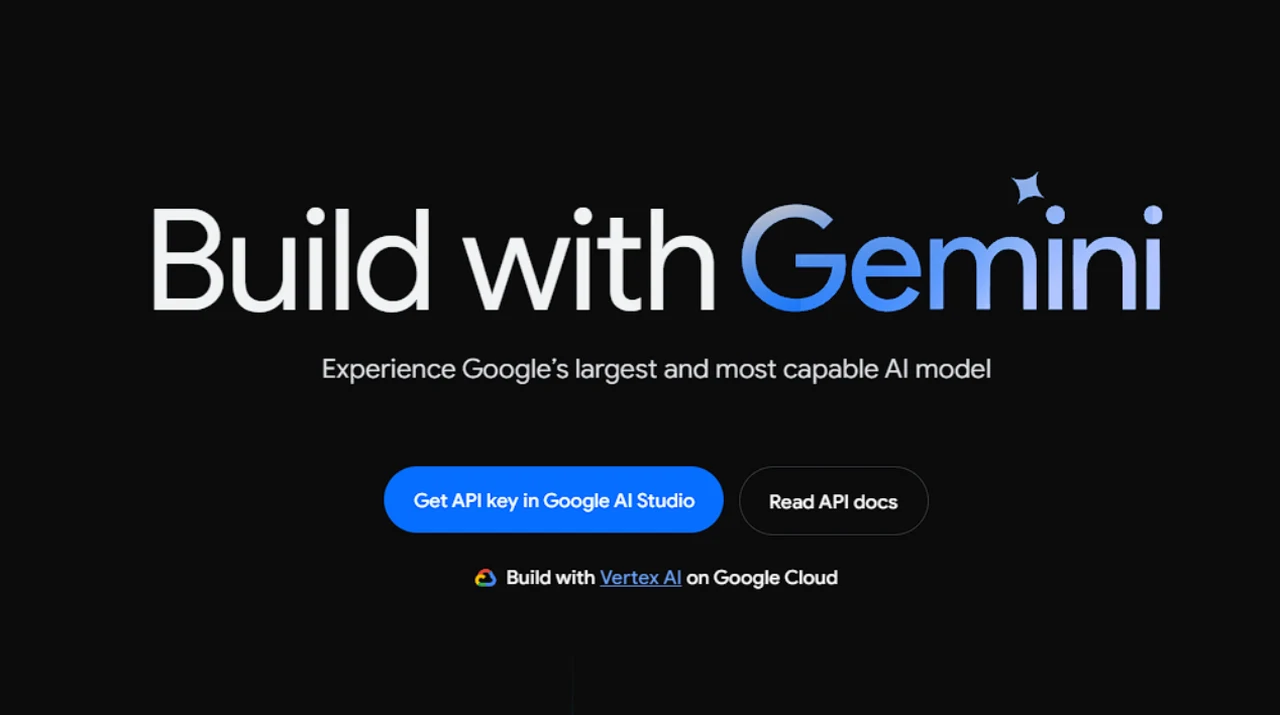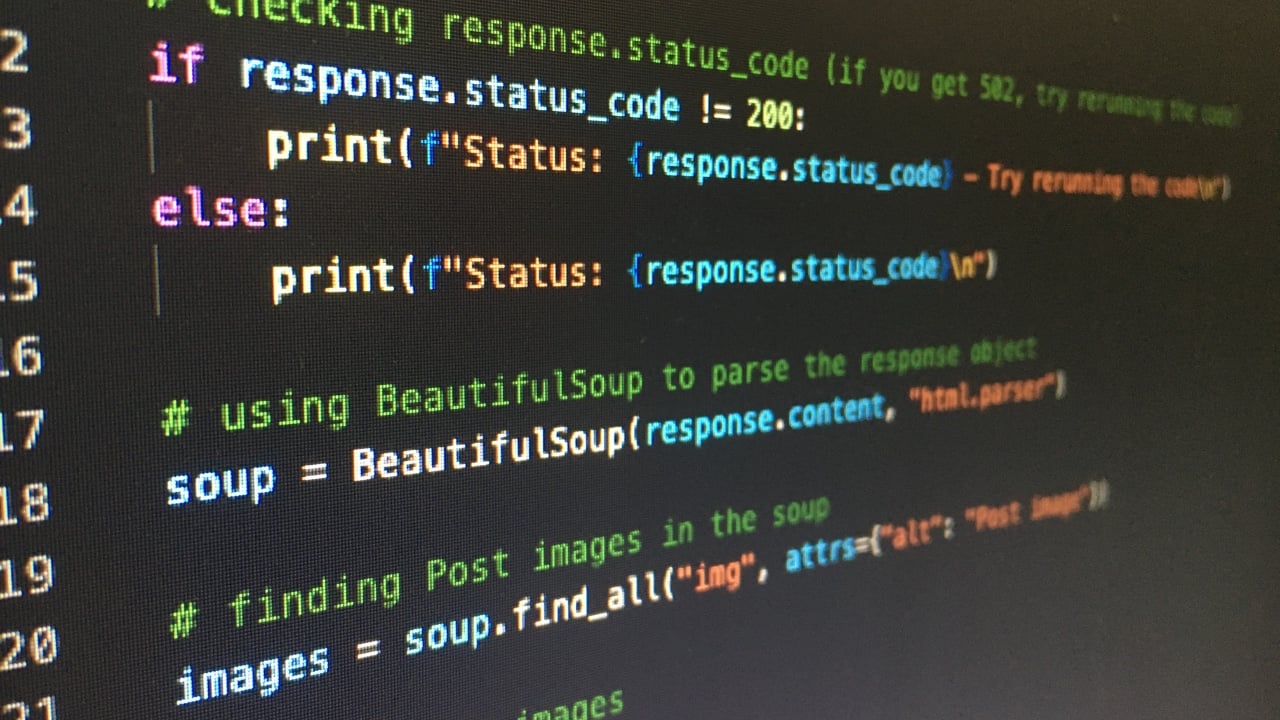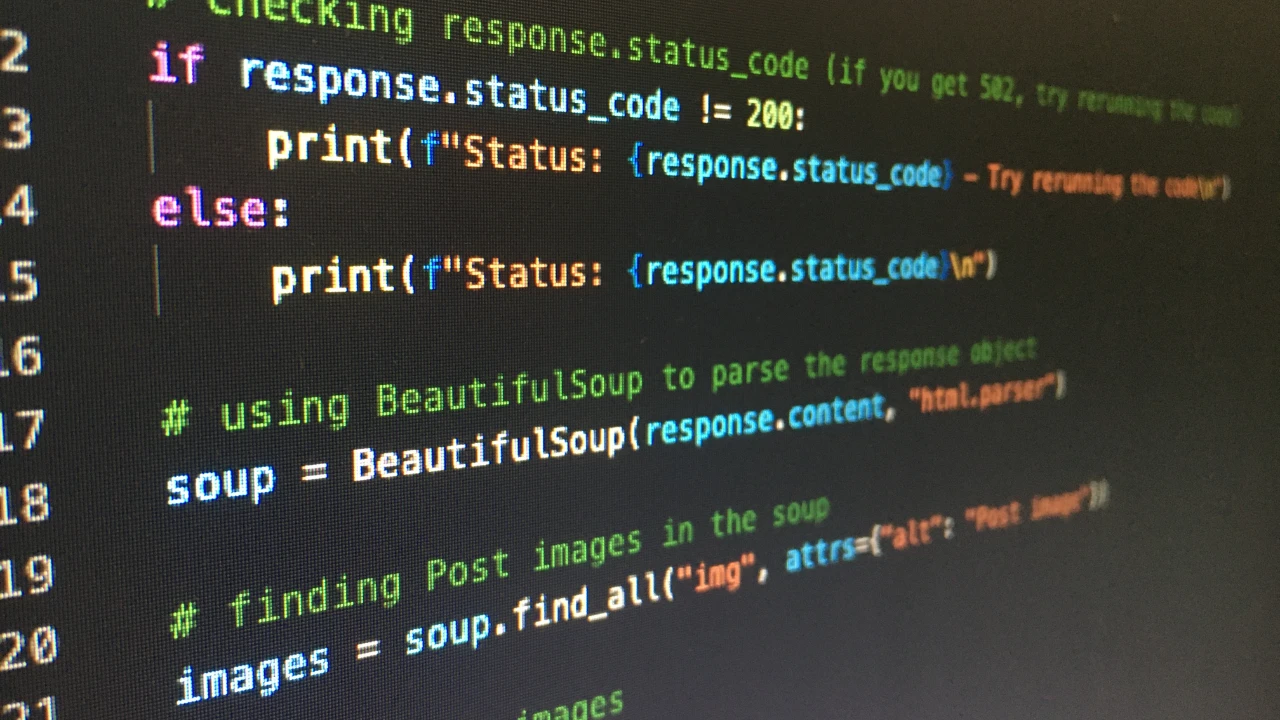
Google has recently introduced it’s advanced tool, Google Gemini Pro, making an API available to developers and adding another AI to the mix to transform the way we generate text, images and more. This powerful content generation model can be harnessed using Python, a popular programming language known for its versatility and ease of use. If you’re looking to streamline your content creation process, understanding how to integrate Google Gemini Pro with Python could be a significant asset. Integrate Gemini Pro into your app using the newly available API.
Google Gemini Pro is not just another content tool; it’s a sophisticated model designed to assist in producing text-based content. To begin using it, you’ll need to install the Python Software Development Kit (SDK). This SDK is essential for Python integration and acts as a bridge between your scripts and the Gemini Pro model. Once installed, you’ll need to obtain an API key. Think of this key as a unique password that grants you access to the model, allowing you to customize its settings to fit your content creation needs.
Using Gemini Pro with Python
After setting up your development environment with the SDK and securing your API key, you’re ready to dive into the world of content generation. Python scripts become your tool of choice, enabling you to command the model to produce content according to your specifications. Google offers a variety of models, including Gemini Pro for text prompts and Gemini Pro Vision for image prompts, each designed to cater to different aspects of content creation.
Here are some other articles you may find of interest on the subject of coding with artificial intelligence :
When you start incorporating the Gemini Pro model into your Python scripts, you’ll see how it responds to text prompts. The key is to craft prompts that are clear and relevant to the content you want to generate. The model can provide multiple responses, giving you a range of options to choose from for your content. This flexibility is one of the strengths of Gemini Pro, as it allows for a diverse set of outputs that can be tailored to your project’s requirements.
But Gemini Pro isn’t limited to just text. With Gemini Pro Vision, you can extend your creative capabilities to include image-based prompts. This means you can now create content that seamlessly integrates both text and visuals, expanding the possibilities for your projects. Whether you’re working on a blog post, a marketing campaign, or any other creative endeavor, the ability to combine text and images can enhance the impact of your content.
One of the most engaging features of Gemini Pro is the ability to have interactive chat conversations with the model. This dynamic exchange feels like talking to a smart assistant that provides immediate feedback. The chat history feature is particularly useful, as it allows you to keep track of the conversation and build upon previous interactions.
Customization is at the heart of Gemini Pro. You can adjust various parameters of the model to fine-tune its behavior. These settings include the candidate count, stop sequence, max output tokens, and temperature. By tweaking these parameters, you gain control over the model’s output, ensuring that the content generated aligns with your vision and goals.
By following this guide, you’re now prepared to use Google Gemini Pro with Python for your content generation needs. Whether you’re focused on creating compelling text, engaging in interactive chats, or combining text with images, Gemini Pro offers a comprehensive set of tools to boost your creative output. As you embark on this journey, remember that the power of content creation is now at your fingertips, ready to be unleashed with the help of Google Gemini Pro and Python.
Filed Under: Guides, Top News
Latest timeswonderful Deals
Disclosure: Some of our articles include affiliate links. If you buy something through one of these links, timeswonderful may earn an affiliate commission. Learn about our Disclosure Policy.







